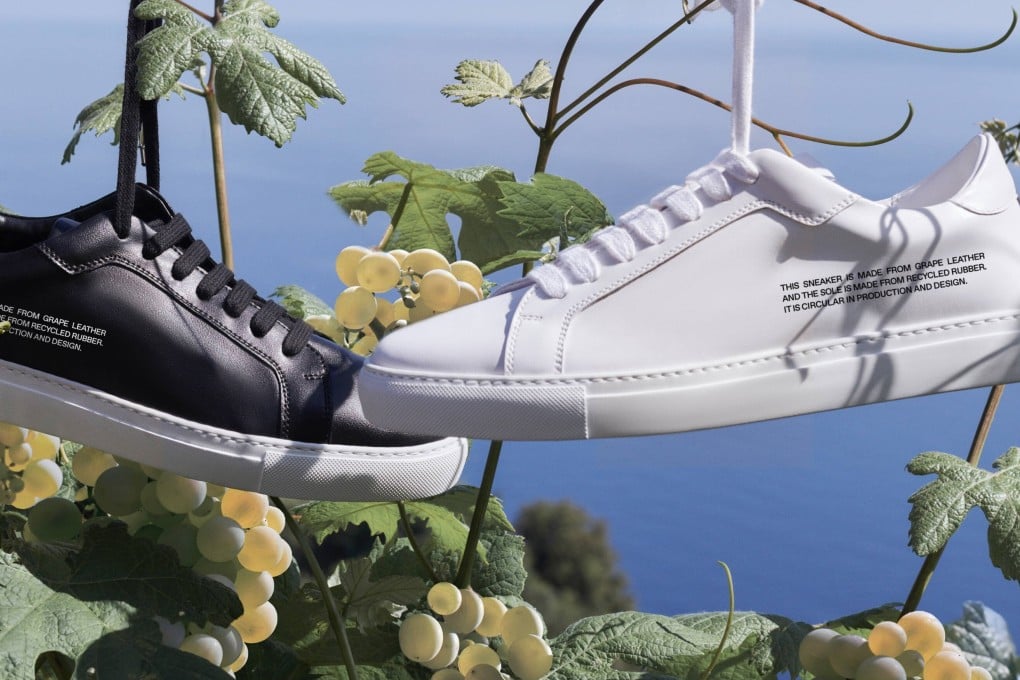Shoes made from grapes, bags made from mushrooms: vegan leather has fans in Hermès and other fashion brands, but alternatives to hide have their drawbacks
- The tanning process that turns animal skins into usable and wearable leathers has regularly been slammed as wasteful and potentially toxic
- Vegan alternatives to hide leather exist, but one industry insider says they are ‘not there yet’ in terms of hand feel, breathability and appearance

Pineapple leaves, fungus fibres, sugar cane, cactus: all botanical elements used in the production of various kinds of plant-based leather. Inspired by the environmentally sustainable thinking now sweeping the world, these so-called vegan leathers have become increasingly popular alternatives to hide leather.
“I think anything that’s an alternative to traditional leathers is probably worth exploring, because of all the issues we have with industrial cattle farming, and then with tanning and all the challenges there,” says Edwin Keh, chief executive officer of the Hong Kong Research Institute of Textiles and Apparel.
Cattle raising for beef, milk or leather is one of the largest contributors to greenhouse gases, and considered inhumane by some, and the tanning procedures used to transform animal skins – mostly cattle hides – into usable and wearable leathers have regularly been slammed as wasteful and potentially toxic.
